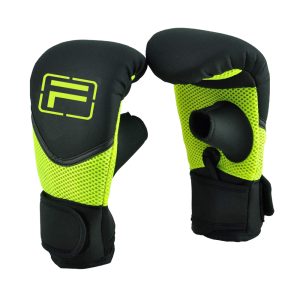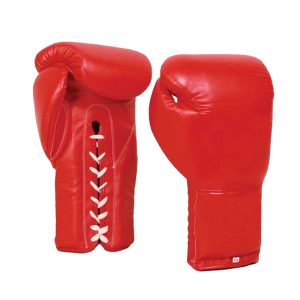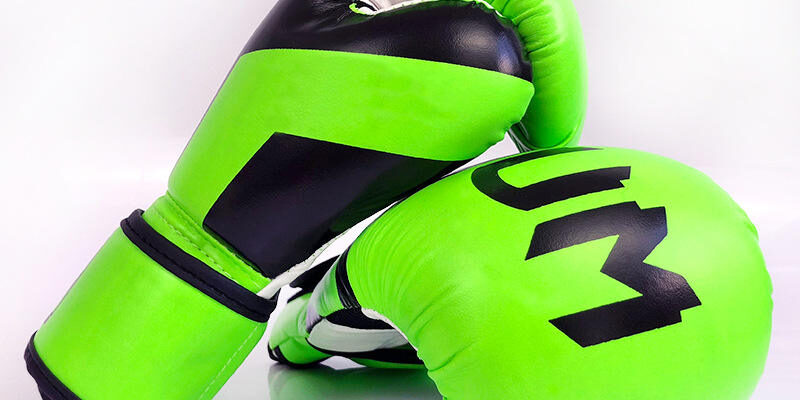🥇 Introduction
When it comes to boxing equipment, materials make all the difference.
The right leather, foam, and fabric can determine whether a glove lasts years or wears out in months.
As a professional boxing gloves factory, we understand how each material performs in real-world training conditions — and how your material choice affects comfort, price, and brand image.
Let’s explore the most common materials used in both boxing gloves and punching bags, and what makes each one unique.
🧵 1. Genuine Leather — The Premium Choice
Genuine leather remains the gold standard in professional boxing.
It’s durable, flexible, and becomes softer with use, giving that “broken-in” comfort fighters love.
Cowhide and buffalo leather are the most popular types, known for tear resistance and breathability.
While leather gloves cost more, they age beautifully and are ideal for premium custom boxing lines or long-term gym use.
Factories often use double-stitched seams and waxed thread to match the leather’s strength and texture.
🪶 2. Synthetic Leather (PU & Microfiber)
For fitness clubs or beginner markets, synthetic leather — especially PU or microfiber — offers an excellent alternative.
PU feels smooth and uniform, allowing for bright color printing and consistent texture.
Microfiber is softer, lighter, and more breathable, ideal for high-volume production.
A good boxing equipment manufacturer treats synthetic materials with protective coatings to increase flexibility and sweat resistance, making them last longer than standard PU.
🧽 3. Foam Padding and Impact Layers
The inner foam layers determine shock absorption and hand safety.
Factories often use multi-layer foam systems combining EVA, latex, and gel padding.
Each layer plays a role — EVA for structure, latex for rebound, and gel for impact diffusion.
Professional gloves usually have denser foam around the knuckles and lighter layers near the wrist to maintain balance.
Modern custom boxing gear can even adjust foam density based on target users — beginners, heavy punchers, or sparring athletes.
🪡 4. Inner Linings and Breathable Fabrics
Comfort starts inside.
High-quality gloves use moisture-wicking inner fabrics that absorb sweat and prevent odor buildup.
Polyester mesh or cotton blends are common choices.
Factories now integrate small ventilation holes or mesh panels to improve airflow without compromising structure.
If you’re customizing gloves, always check the lining type — it directly affects comfort and longevity.
⚙️ 5. Outer Fabric and Reinforcement for Punching Bags
Punching bags endure constant impact, so their material choice is slightly different.
Heavy-duty vinyl, canvas, and synthetic leather are the most common options.
Industrial-grade nylon straps and steel D-rings support weight distribution.
For professional setups, our boxing factory reinforces seams with cross-stitching and double layers near the top where stress is highest.
These construction details keep bags in shape even under heavy gym use.
🧰 6. Fillings and Weight Control
A great punching bag isn’t just about the shell — it’s about what’s inside.
Factories fill bags with textile scraps, rubber granules, or shredded foam depending on desired density.
Some premium bags use a layered filling structure, combining soft and firm materials for realistic resistance.
Properly balanced weight distribution helps maintain bag stability and prevents sagging over time.
🌍 Conclusion
Choosing the right material is the foundation of reliable boxing gear.
From genuine leather gloves for professionals to durable PU options for beginners, every material serves a purpose.
Working with a trusted boxing gloves factory ensures you get the right mix of durability, comfort, and cost efficiency.
If you’re planning to launch your own line of boxing equipment, understanding material options is the first step to creating products your customers will trust — and keep using for years.





















